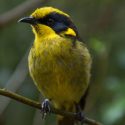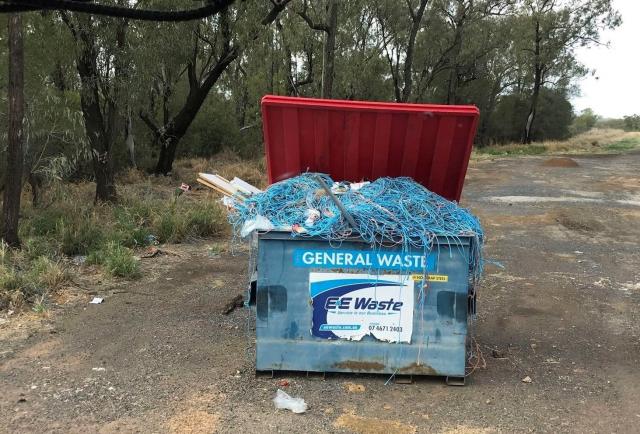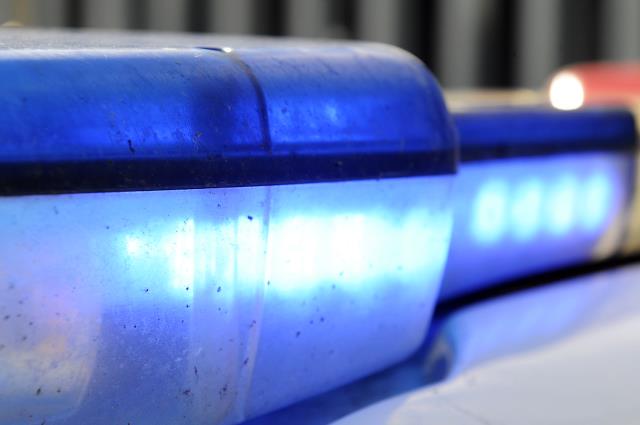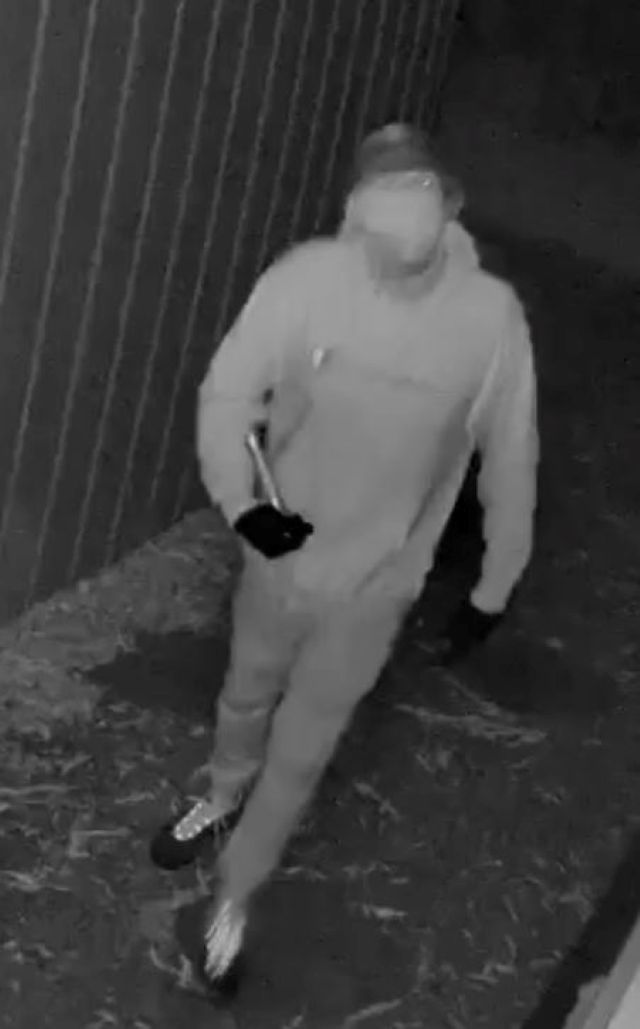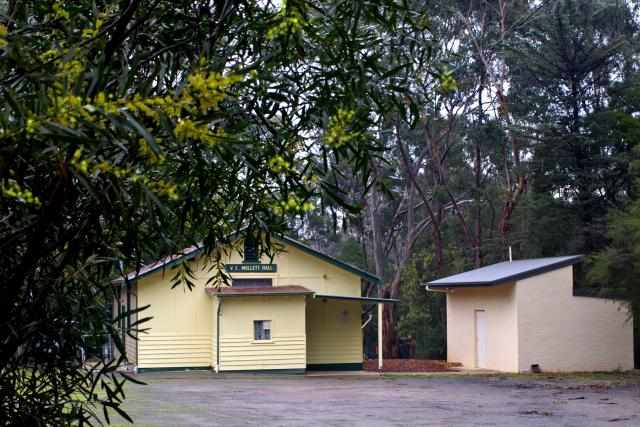By Derek Schlennstedt
Love has been in the air for Victoria’s wild population of Helmeted Honeyeaters at Yellingbo Nature Conservation Reserve, who have had a highly successful breeding season with 61 fledglings raised so far.
And, appropriately tapping into the romance around Valentine’s Day, Department of Environment, Land, Water and Planning (DELWP), Senior Ornithologist, Bruce Quin announced on 14 February that the numbers were the third highest since the recovery programs inception in 1989.
“This is the third highest fledgling tally for a breeding season since the recovery program began 29 years ago.” Mr Quin said.
Mr Quin said that it has also been a record-breaking season for the number of breeding pairs recorded, with 36 pairs in total and of those breeding Helmeted Honeyeaters, 24 individuals were recognised having never bred before.
“This is fantastic news for the recovery program, as it means the birds that are reaching breeding age are replacing lost birds or, in some cases, finding their own breeding sites.
“It’s also a big positive for the conservation program as it shows there is enough quality habitat to support a population increase.
“The high number also means not all birds are relying on the supplementary feeding stations and have learnt how to fully fend for themselves.
“The birds’ breeding season ends around March and we are hoping for a few more success stories this season.”
The Helmeted Honeyeater (Lichenostomus melanops cassidix), Victoria’s state bird emblem, is critically endangered and listed as threatened under the Flora and Fauna Guarantee (FFG) Act.
The Helmeted Honeyeater Recovery Program focuses on increasing the number of Helmeted Honeyeaters in the wild, restoring key habitats and reducing potential threats, with the aim of establishing a stable wild population.

